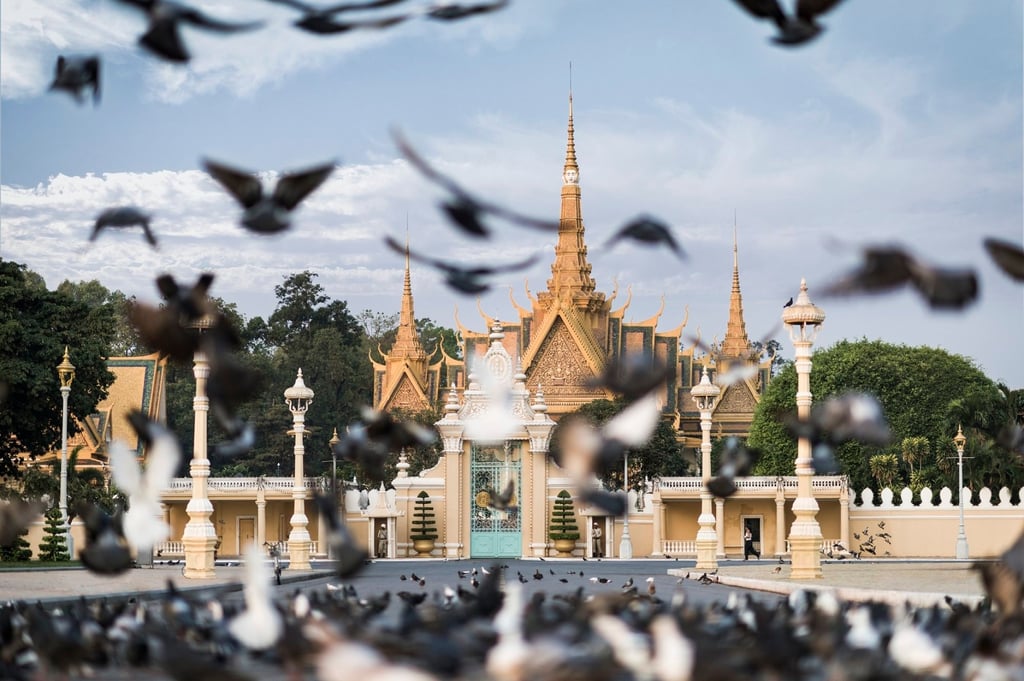Pros and cons of a visit to Phnom Penh: colonial buildings and Khmer relics, but crime and harrowing reminders of past
- Visitors to Cambodia’s capital can enjoy attractive colonial architecture, Khmer empire history, views of the Mekong river, and some exotic snacks
- The food is fresh – unlike the air – but pickpockets are rife, a construction boom is under way and chilling reminders of the Khmer Rouge-led genocide remain

Known to Western travellers as the Pearl of Asia and the Paris of the East in the 1920s and 30s, Phnom Penh was famed for its grand boulevards and colonial architecture, charming riverside promenades and a cosmopolitan atmosphere reminiscent of the French capital.
The Cambodian city is located at the confluence of the Mekong, Bassac and Tonlé Sap rivers and takes its name from the 14th century Phnom temple. Legend has it the first pagoda on the site was built to house four Buddha statues discovered by a woman named Penh. Perched on a small hill (or phnom), the temple provides a refuge from the bustle of the city.
After a tranquil timeout, head back to street level and make your way to the eye-catching Royal Palace.
Constructed by King Norodom I between 1866 and 1870, the complex still serves as a royal residence and encompasses the palace, throne hall and several pavilions. Visit early and you might stumble upon a Buddhist ceremony.

Next door, the National Museum hosts an impressive collection of artefacts and sculptures from the heyday of the Khmer Empire. From there it’s a hop and a skip to the Foreign Correspondents Club.
Housed in a colonial villa overlooking the Tonlé Sap, the boutique hotel, bar and restaurant served as a meeting place for reporters covering the Vietnam war (1955-75).
